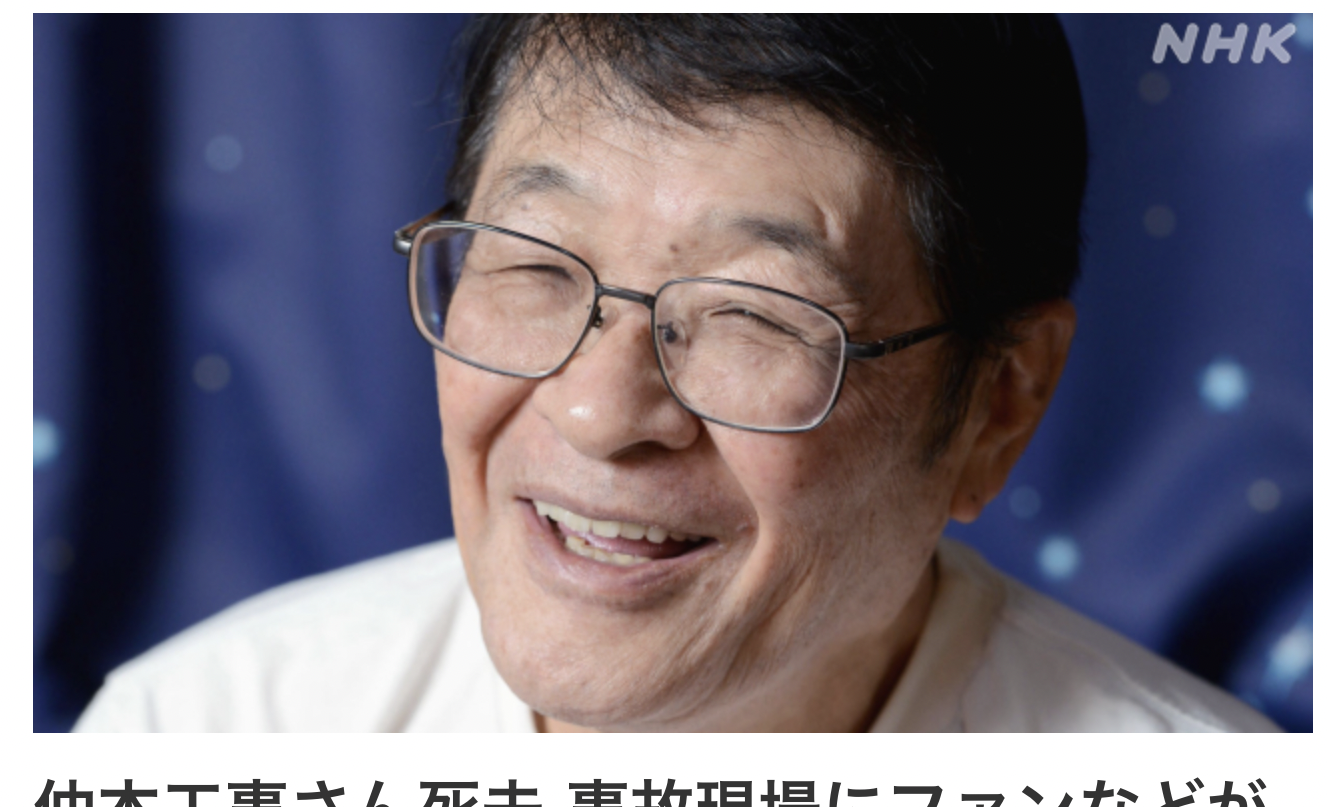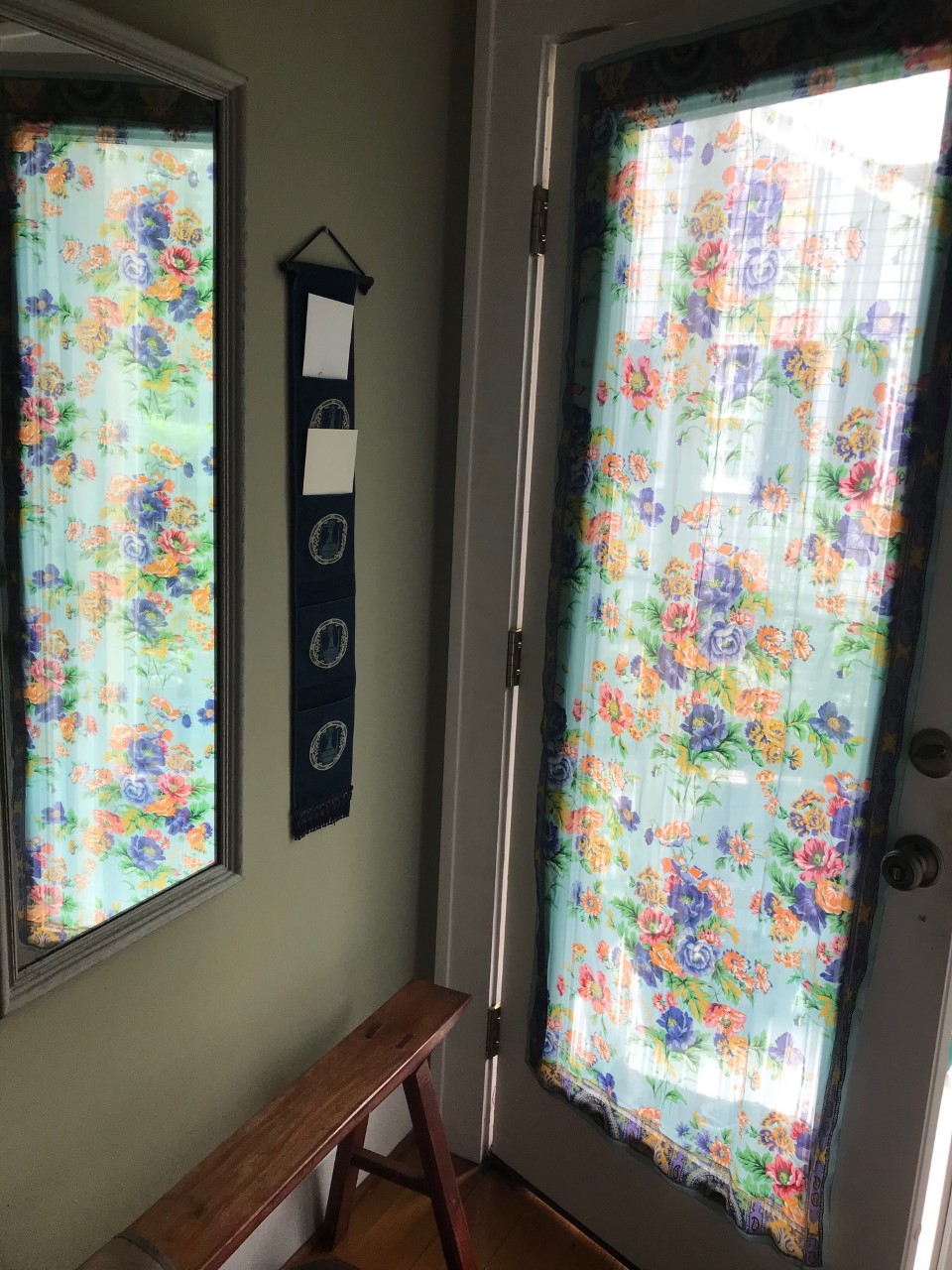フリガナつき和訳は英文の下にございます。/ The Japanese translation is below the English text and has furigana on all Chinese characters.
“Ki-Sho-Ten-Ketsu”, A Pattern of Storytelling
Contents
- Two movies
- What is the storytelling pattern “ki-sho-ten-ketsu”?
- The two movies and the “転 ten” parts
- Japanese translation with Ruby ルビ付き和文
******************************************************
1. Two movies
Earlier this year, I saw the Korean movie “Parasite” during the flight back to the US from Japan. Last year, I saw another film, a Japanese one, titled “Shoplifters” on a similar flight.
Both movies were very interesting. They both centered on a low-income family of parents and a few children, but their situations and the developments of the stories were very different.
“Neta-bare” is a shortened way of saying “neta ga bareru (the materials are leaked)” and means being a spoiler, or spoiling your pleasure of experiencing a movie by telling you the whole plot.
We just wanted to tell you that they reminded us of an idiom called “ki-shoo-ten-ketsu”, a basic storytelling pattern familiar in Japan.
2. What is the storytelling pattern “ki-sho-ten-ketsu”?
“Ki-sho-ten-ketsu” is written “起承転結” with Chinese characters or kanji. It is one of those century-old Chinese words. Initially, this word would denote a style in the Chinese four-line poetry writing. In modern Japanese, however, the meaning has changed and it means a pattern of storytelling in such things as novels, TV dramas, movies, manga, as follows:
First, the “起 ki” kanji means “wake up”. It symbolizes the opening of a story. Commonly, a story begins with a handful of characters in a certain situation.
The second kanji, “承shoo”, means “receive”. It means the natural development of the story from the initial condition. Except that it only looks natural. Usually there is a gradually growing tension in it arising from a fib, a small discontentment, uneasiness, a hidden contradiction, etc.
Then comes “転 ten”. It means “roll” “turn to another direction” or “turn something over”. Often the climax, “転 ten” is materialized in a sudden occurrence of something unexpected. It can be an irresistible explosion of a feeling, as happened in “Parasite” and “Shoplifters”, or a natural disaster totally irrelevant to the story.
Lastly, “結 ketsu” meaning “tie” or “close”, symbolizes the end of the story with the conclusion or the results. Because of the event or action which took place in the “転 ten” part, the situation or the relationship of some of the characters has changed permanently.
3. The two “転 ten” parts
From what I believe, the Japanese generally consider that “ki-sho-ten-ketsu” is the basic pattern of storytelling. In Wikipedia, however, it may be only Japanese who think so.
Anyway, I felt the “ki-sho-ten-ketsu” pattern was followed in both movies “Parasite” and “Shoplifters.” Maybe I simplify the stories too much but I wanted to take this opportunity to tell you about the concept of “Ki-shoo-ten-ketsu”. I hope you understand.
What’s wonderful was the stories, particularly the “転 ten” parts, were so different. And yet they are both pertaining to families living in a big city in Asia and hard up for money.
After seeing one of them, I left the theater (figuratively) with some sweet sadness and a sense of resignation. On the other hand, after the other, I left feeling desperate. There were sadness and resignation, but they were mixed with anger and made me think if there was anything I could do for their situation.
We may already have neta-bare (spoil)’d some; we will tell you no more. Let us hear what you think when you see them.
[End of the English post]
物語のパターン「起承転結」
目 次
- 二つの映画
- 「きしょうてんけつ」とは?
- 二つの「転」の部分
**************************************************
1. 二つの映画
今年の初め、日本から米国へ戻る飛行機の中で、韓国の映画『パラサイト』を観ました。去年は、同様のフライトで日本の『万引き家族』という映画を観ました。
どちらの映画もとても面白かった。どちらも低収入の家族の物語なのですが、両者の置かれる状況と物語の展開がまるで違うのです。
この投稿では、「ネタバレ」するつもりはありません。「ネタバレ」とは、「ネタがばれること」の短い言い方で、内容を全部話してしまって、あとであなたが映画を楽しめなくしてしまうことです。
ただ、この二つの映画が、日本で馴染み深い「きしょうてんけつ」という物語のパターンを思い起こさせるので、そのお話をしたいと思いました。
2. 「きしょうてんけつ」とは?
「きしょうてんけつ」は漢字で「起承転結」と書きます。何百年も昔から使われている、中国から来た言葉のひとつです。もともと、この言葉は中国の四行詩の形式を示していました。現代の日本語では、意味が変わって、下記のような、小説やドラマ、映画や漫画などの物語のパターンのひとつを指します。
最初に「起」の字は「起きる」という意味で、物語の始まりを表します。だいたいお話は、ある状況に置かれた何人かの登場人物とともに始まります。
二番目の漢字「承」は「受ける」という意味で、当初の状態から自然に物語が展開していくことです。ただ、それは自然に見えるだけです。たいてい、小さな嘘や、ちょっとした不満、居心地の悪さ、隠された矛盾などから、少しずつ緊張が高まっていきます。
そして、「転」が来ます。この字には「ころがる、向きを変える、何かをひっくり返す」などの意味があります。普通はここがクライマックスで、「転」は思いがけないことが起こることを表します。『パラサイト』や『万引き家族』で見られるように積もり積もった感情が爆発する場合もあるし、物語の筋とは関係のない天災などである場合もあります。
最後に、「結」は「結ぶ」「閉じる」などの意味があります。これは結論や結果に至る物語の終結を示します。「転」で起きた出来事や行動のために、状況や登場人物の関係の一部は完全に変わってしまっています。
3. 二つの「転」の部分
日本では、この「起承転結」が物語の基本的なパターンだと考えられているようです。でも、ウィキペディアによれば、こう思っているのは日本人だけだそうです。
ともかく、『パラサイト』の筋も『万引き家族』の筋も「起承転結」をたどっていると思いました。もしかしたら単純化しすぎているかもしれませんが、この機会に「起承転結」という言葉を紹介したかったのです。ご理解いただければと思います。
すばらしかったのは、二つの映画が、どちらもアジアの都市部の、お金に困っている世帯を扱っているのに、物語、特に「転」の部分が全く異なることです。
一方の映画を見た後は、私たちは、優しいような悲しいような気持ちで、そしてあきらめの感情とともに映画館を後にします。一方、もうひとつの映画の後は、絶望的な気持ちになります。悲しみもあきらめも感じるのですが、それには怒りが混じっていて、彼らのために何かできないかと考えさせられます。
既に少しネタバレしてしまったような気がしますので、もう話しません。もし見たら、どう思ったか教えてください。
[和文部終わり]
[print-me]




